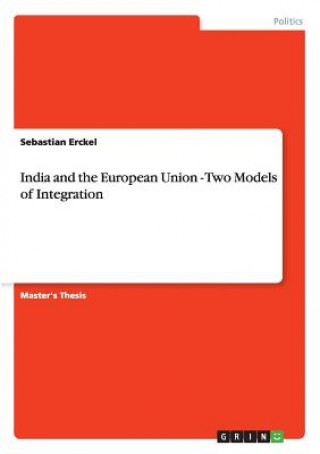
Code: 05282577
India and the European Union - Two Models of Integration
by Sebastian Erckel
Master's Thesis from the year 2009 in the subject Politics - Political Systems - General and Comparisons, grade: very good, University of Kerala (Department of Political Science), course: MA Political Science, language: English, a ... more
- Language:
 English
English - Binding: Paperback
- Number of pages: 188
Publisher: Grin Publishing, 2011
- More about this

You might also like
-
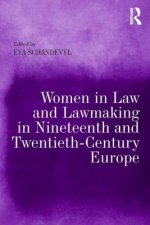
Women in Law and Lawmaking in Nineteenth and Twentieth-Century Europe
192.90 € -

Process Mapping - How to Reengineer Your Business Processes
47.96 € -19 % -

Whole Hog Cookbook
26.08 € -17 % -
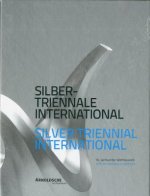
Silver Triennial International
46.11 € -

Zeta Regularization Techniques With Applications
157.77 € -

Smalltown
17.97 € -1 % -

Spirit Dogs
16.01 € -1 % -
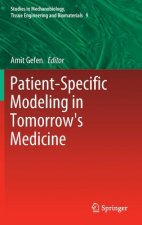
Patient-Specific Modeling in Tomorrow's Medicine
215.29 € -

Complementary and Alternative Medicine (CAM) Supplement Use in People with Diabetes: A Clinician's Guide
44.47 € -
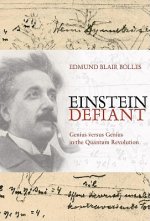
Einstein Defiant
32.45 € -

Transformers, 1 Blu-ray
18.58 € -
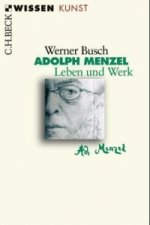
Adolph Menzel
10.26 € -4 % -

Der Maler und das Mädchen
24.75 € -10 % -
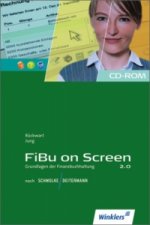
FiBu on Screen - Grundlagen der Finanzbuchhaltung nach Schmolke / Deitermann, CD-ROM
46.42 €
Give this book as a present today
- Order book and choose Gift Order.
- We will send you book gift voucher at once. You can give it out to anyone.
- Book will be send to donee, nothing more to care about.
More about India and the European Union - Two Models of Integration
You get 282 loyalty points
 Book synopsis
Book synopsis
Master's Thesis from the year 2009 in the subject Politics - Political Systems - General and Comparisons, grade: very good, University of Kerala (Department of Political Science), course: MA Political Science, language: English, abstract: The late 20th century has witnessed a confusing and seemingly also threatening diversification of world politics, especially after the end of the Cold War and the collapse of the Soviet Union. While shortly after these events the victory of democracy was celebrated or even the end of history proclaimed (Fukuyama), it soon became clear that these rather optimistic assumptions could not be sustained. Huntington (1993) predicted conflicts along cultural lines and Alvin and Heidi Toffler (1994) assumed these conflicts would take the form of asymmetric warfare leading to the phenomenon of failed states which, according to Chomsky (2006), present a threat to democracy. Asymmetric warfare, cultural conflicts and failed states have all already left their impact on the young 21st century.Yet the same period of time has also seen unprecedented global integration, in the economy, but in terms of human personal exchange as well, largely fueled by new communication technologies. However, the emerging global village seems to bear more characteristics of a Hobbesian state of nature than of a global civilization. Furthermore, as there are an ever increasing number of issues which can obviously only be addressed on a transnational basis, it becomes necessary to supplement global economic integration with an adequate political framework.Both India and the European Union are prime examples of political integration, the former for national and the latter for regional integration. However, one of the presumptions of this dissertation is that in both cases complementary forms of political integration can be identified: while in India national integration necessitated regional integration, the European Union may well be on its way toward a European super- state. The term model has two connotations: (1) it describes a distinguishable set of characteristics, and (2) it contains a (usually positive) qualitative aspect, something that could/ should be followed or imitated. While in the case of India and the European Union the first connotation is rather obvious as two distinctive types of integration can be identified, this dissertation not only attempts to analyse these different types but also to verify whether the second connotation can be applied or not. As the hypothesis is that in both types elements of the other will be identifiable, the focus rests upon discovering certain patterns of integration while at the same time appreciating the differences.
 Book details
Book details
Book category Knihy po anglicky Society & social sciences Politics & government Political ideologies
114.62 €
- Full title: India and the European Union - Two Models of Integration
- Author: Sebastian Erckel
- Language:
 English
English - Binding: Paperback
- Number of pages: 188
- EAN: 9783656010487
- ISBN: 365601048X
- ID: 05282577
- Publisher: Grin Publishing
- Weight: 254 g
- Dimensions: 210 × 148 × 11 mm
- Date of publishing: 26. September 2011
Trending among others
-
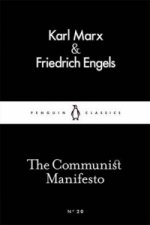
The Communist Manifesto
3.38 € -28 % -
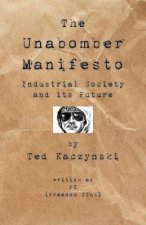
The Unabomber Manifesto
10.67 € -
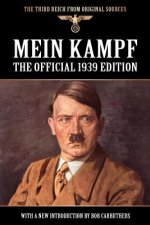
Mein Kampf
26.29 € -
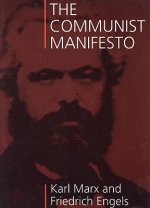
The Communist Manifesto
2.25 € -1 % -
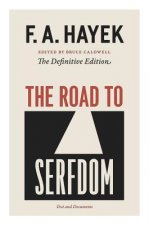
Road to Serfdom
14.88 € -19 % -
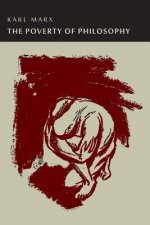
Poverty of Philosophy
10.26 € -
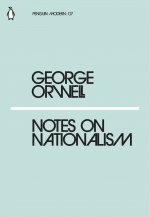
Notes on Nationalism
3.58 € -24 % -
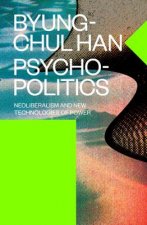
Psychopolitics
11.29 € -16 % -

Conscience of a Conservative
6.77 € -

Anarchy and Christianity
17.35 € -19 % -
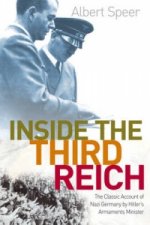
Inside The Third Reich
18.68 € -23 % -
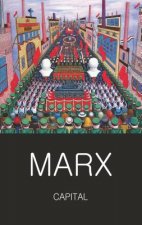
Capital
5.43 € -28 % -
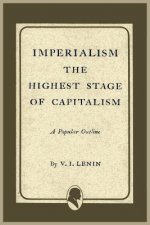
Imperialism the Highest Stage of Capitalism
7.28 € -
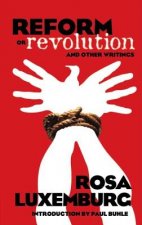
Reform or Revolution and Other Writings
12.83 € -21 % -
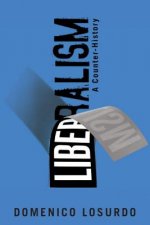
Liberalism
20.02 € -
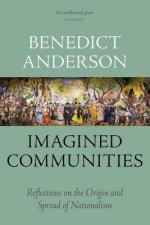
Imagined Communities
16.12 € -16 % -
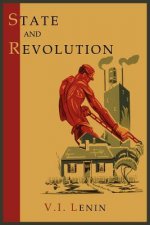
State and Revolution
6.87 € -
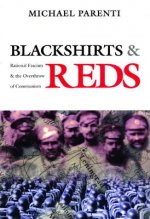
Blackshirts and Reds
14.58 € -20 % -
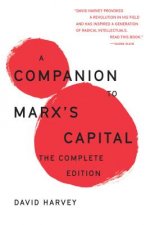
Companion To Marx's Capital
24.64 € -21 % -

Irreversible Damage
21.87 € -28 % -
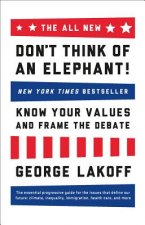
ALL NEW Don't Think of an Elephant!
13.24 € -19 % -
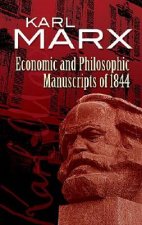
Economic and Philosophic Manuscripts of 1844
9.54 € -8 % -
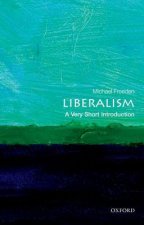
Liberalism: A Very Short Introduction
9.44 € -28 % -
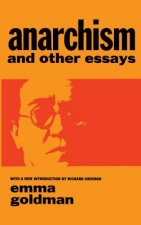
Anarchism and Other Essays
12.42 € -28 % -
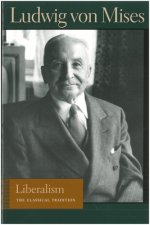
Liberalism
13.96 € -12 % -
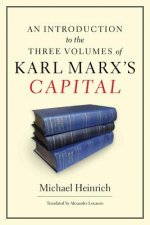
Introduction to the Three Volumes of Karl Marx's Capital
14.99 € -20 % -

Limits of Liberty -- Between Anarchy & Leviathan
25.16 € -
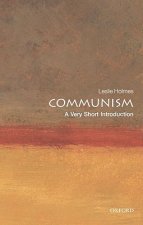
Communism: A Very Short Introduction
9.44 € -28 % -
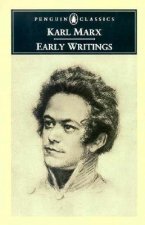
Early Writings
16.73 € -14 % -
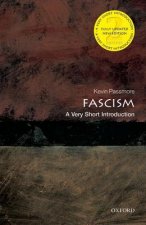
Fascism: A Very Short Introduction
10.26 € -28 % -

Tomas G Masaryk a Scholar and a Statesman
49.19 € -4 % -
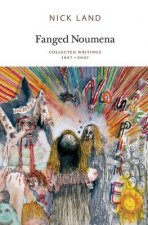
Fanged Noumena - Collected Writings 1987-2007
25.36 € -19 % -

Rules for Radicals
13.75 € -21 % -

The Rape of the Mind
14.58 € -

Anatomy of Fascism
12.01 € -25 % -
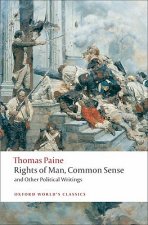
Rights of Man, Common Sense, and Other Political Writings
7.49 € -27 % -
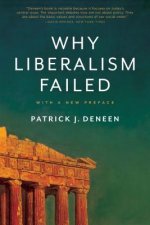
Why Liberalism Failed
17.76 € -7 % -
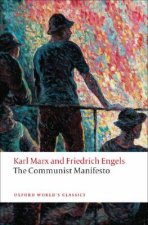
Communist Manifesto
5.84 € -22 % -

Communist Manifesto and Das Kapital
8.52 € -27 % -
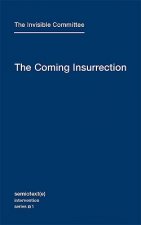
Coming Insurrection
12.11 € -22 % -

Brainwashed
13.55 € -28 % -
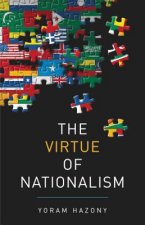
The Virtue of Nationalism
27.83 € -16 % -
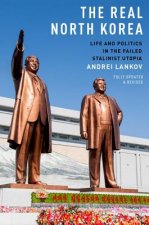
Real North Korea
13.55 € -28 % -
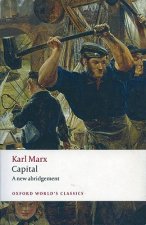
Capital
10.47 € -28 % -

Fools, Frauds and Firebrands
15.71 € -19 % -
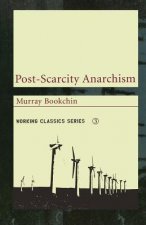
Post-scarcity Anarchism
14.88 € -26 % -
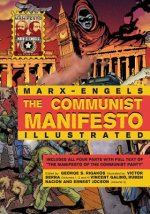
Communist Manifesto Illustrated
37.28 € -
![What Is to Be Done? [Burning Questions of Our Movement] What Is to Be Done? [Burning Questions of Our Movement]](https://media.libris.to/jacket/08800888t.jpg)
What Is to Be Done? [Burning Questions of Our Movement]
8.21 € -
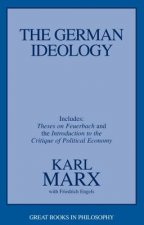
German Ideology
18.27 € -14 %
Osobný odber Bratislava a 2642 dalších
Copyright ©2008-24 najlacnejsie-knihy.sk Všetky práva vyhradenéSúkromieCookies



 21 miliónov titulov
21 miliónov titulov Vrátenie do mesiaca
Vrátenie do mesiaca 02/210 210 99 (8-15.30h)
02/210 210 99 (8-15.30h)